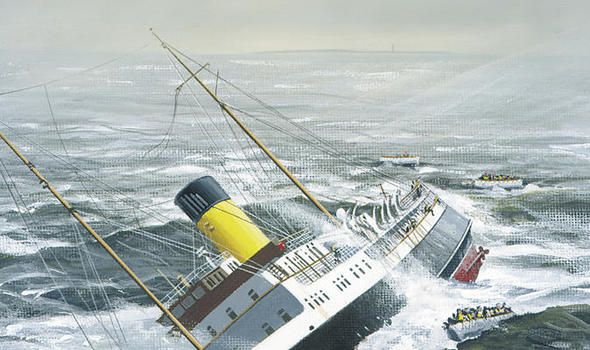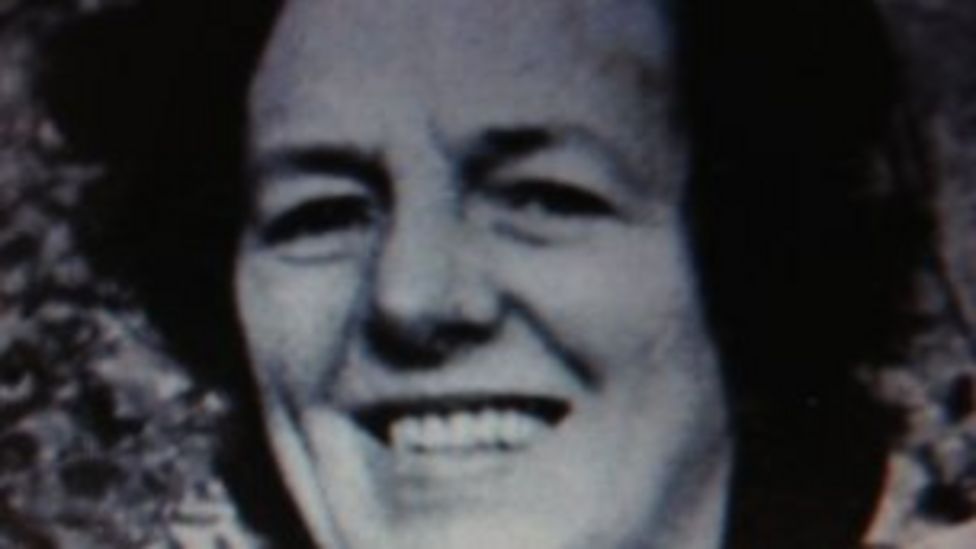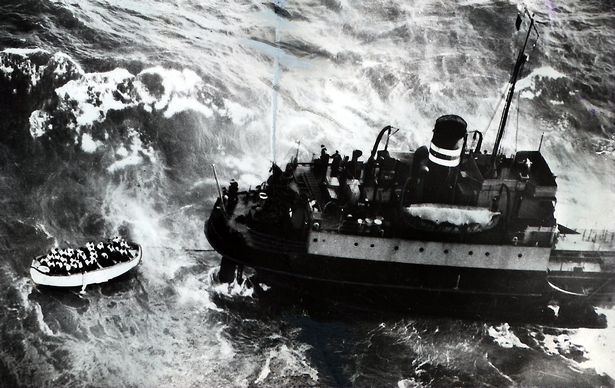Killed by what they thought would save them
Seventy years ago, on the last Saturday morning in January, the MV Princess Victoria left the port of Stranraer in South-West Scotland. She was heading for Ireland with 179 people on board – but never arrived.
The flawed design of the ship meant that the car deck was flooded as ferocious waves pounded against her, in the worst storm anyone could remember. Distress messages were sent out, but the confusion of the storm meant that for most of the time, the wrong location was broadcast. Finally able to get their bearings, the radio operator stayed at his post, allowing others to escape. He broadcast SOS messages until the very end and was posthumously awarded the George Cross. The captain and ship’s officers all went down with the ship. 135 perished and only 44 survived.

The sinking ship is vividly portrayed in the above painting by Norman Whitla (late father of RPTS Professor David). The painting shows lifeboat number four, containing women and children, about to be dashed against the side of the ship. As a result, only men survived the disaster. Those who lost their lives included the Deputy Prime Minister of Northern Ireland.
Although largely forgotten, the Princess Victoria was the Titanic of its generation and remains one of the biggest peacetime maritime disasters in British waters.
‘God had put her there on purpose’

Many stories have been told about the heroism of those on board. One of the lesser-known is about Nancy Bryson, a missionary who has been called ‘the heroine of the Princess Victoria’. She was back on furlough from Kenya with her husband and three children, and was returning to Northern Ireland after speaking at some meetings in Scotland. According to her daughter: ‘She was one of the bravest women on board who whispered words of comfort to other passengers and led them in singing a hymn. She also tried to help a three year old child into one of the lifeboats but failed to do so, going under (the water) herself in the process’.
As a poem written about her recounts:
‘The last few hours of her life were gladly given o’er
In bringing consolation to hearts now sad and sore;
She spoke of Jesus and His love, and all His power to save,
She told the tale of heaven and home, and life beyond the grave.
As Nancy Bryson told the tale of Jesus’ wondrous love
We know that many passed that day into the home above.
Where there is no more sorrow, no parting, and no sea,
Upon whose shore no storm will beat through all Eternity’.
Tho’ Nancy Bryson has passed on, ‘tis true she speaketh still,
Her fame has gone through all the world, and surely ever will.
God had her there on purpose, upon that ship that day,
To point the soul to Jesus, the true and living way’.
The lady in the fur coat

What a contrast she was to another woman on board that day. That secondly lady was seen walking round in a fur coat clutching bags. Someone told her to forget about them, but she replied: ‘This is all the money I have in the world’. She was later seen dead in the water, still tightly clutching those bags.
It’s a graphic illustration of the fact that ‘we brought nothing into the world, and we cannot take anything out of the world’ (1 Timothy 6:7) and that ‘when he dies he will carry nothing away’ (Psalm 49:17).
Promising life but bringing death
Yet there is another tragic irony to the story of the Princess Victoria. Many people ended up being killed by the very thing they thought would save them – their lifejackets. As with the Titanic: ‘Although used as a lifesaving device, the lifejackets on board were actually one of the main causes of death. Due to the dense material used, jumping overboard from 3 meters or higher, increased the risk of the wearer breaking their neck upon impact with the water’.
One of the Princess Victoria’s survivors, chief cook John McKnight, said that his neck was badly cut by his life jacket when he ended up in the sea. Proper procedure was to hold the cork lifejacket down and away from the neck – not easy to remember in the confusion and panic.
If the story of the woman in the fur coat reminds us that riches can’t save us, then those killed by their lifejackets are a picture of those who think their good works will save them. They jump into the sea of eternity holding on to their good works and trusting in them for salvation. And yet they can’t hold us up – because our good works are never good enough. To rely on them will spell disaster: ‘For all who rely on works of the law are under a curse; for it is written, “Cursed be everyone who does not abide by all things written in the Book of the Law, and do them.”’ (Galatians 3:10).
Many around us – like the woman in the fur coat – cling onto the things of this world as death approaches, unwilling to face the inevitable.
Others try instead to live a life of good deeds, thinking that will save them. But they find out too late that it won’t.
By God’s grace may we realise in this life, as the Apostle Paul did, that ‘the very commandment that promised life proved to be death to me’ (Romans 7:10) – and believe in the gospel of Jesus Christ, by which ‘God has done what the law, weakened by the flesh, could not do’ (Romans 8:3).
